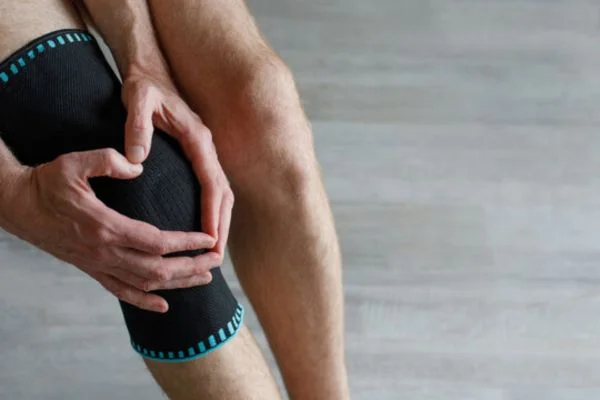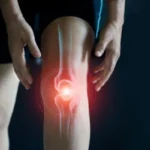If you’ve suffered from knee hyperextension, you may wonder if an elastic knee brace is all you need for recovery or if further treatment is necessary. It’s essential to understand the severity of your injury and what level of treatment is best for your situation. Let’s explore will an elastic knee brace be enough after hyperextension.
An elastic knee brace may offer some support after knee hyperextension, but consult a healthcare professional for personalized advice as severe cases may require more comprehensive treatment like physical therapy or a custom brace.
What Is Knee Hyperextension?
Knee hyperextension occurs when the knee joint is extended beyond its normal range of motion. This can happen due to a sudden forceful movement, such as landing awkwardly after a jump, or even due to repetitive strain on the joint, such as running long distances without proper support.
Common symptoms include pain, swelling, and stiffness in the area. Depending on your case’s severity, treatment may involve physical therapy and surgery.
Also Read: Does Climbing Stairs Cause Knee Problems?
Will An Elastic Knee Brace Be Enough After Hyperextension
After hyperextension, the natural reaction is to think about getting a knee brace. While it’s true that an excellent elastic knee brace can help provide support and stability in the short term, it may not be enough to ensure full recovery from hyperextension.
It’s essential to work with a physical therapist or another medical professional to properly diagnose the extent of the hyperextension and develop a treatment plan tailored to your individual needs.
This might include activities designed to strengthen muscles around the knee, icing and elevating the injury, and investing in additional braces or supports.
Despite taking all necessary precautions, though, issues caused by hyperextension can still cause long-term discomfort or even pain – so an elastic knee brace is only part of the solution!
Also Read: Can You Use a Massage Gun After Knee Replacement?
How Can An Elastic Knee Brace Help?
An elastic knee brace can help provide compression and support to an injured knee joint while it heals. This compression helps relieve pain and reduce swelling by controlling how much pressure is applied to the joint while allowing it to move flexibly.
It also helps protect against further injury by limiting the joint’s mobility until it’s fully healed. Finally, an elastic knee brace can provide extra stability during activities like running or jumping that require more strenuous use of the knees.
Also Read: Can You Use Massage Gun on Knee?
Benefits of an Elastic Knee Brace

An elastic knee brace offers protection against further injury by creating compression around the injured area. This helps to reduce swelling and pain while providing support for the joint.
It also helps to keep the joint in a neutral position so that it doesn’t move too far in either direction, reducing the risk of further damage.
Additionally, because they are designed to be lightweight and comfortable, they make it easier for people with hyperextension injuries to move around without feeling uncomfortable or restricted.
Also Read: Is A Knee Brace Good For Bursitis?
When Should You Seek Further Treatment?
While an elastic knee brace can be helpful for minor cases of hyperextension, more severe injuries may require physical therapy or even surgery to heal correctly and completely. In addition, suppose your symptoms persist after several weeks despite using a quality elastic knee brace.
In that case, you should speak with your doctor about other potential treatments necessary for healing properly and preventing future injury or discomfort.
Additionally, there are any signs of infection (redness or drainage) near the injured area. In that case, medical attention should be sought immediately, as this could indicate a deeper issue that requires professional care.
Also Read: Should I Wear A Knee Brace For Bursitis?
Bottom Line:
In conclusion, the answer to the question will an elastic knee brace be enough after hyperextension is clear. Still, more severe injuries may require additional treatments such as physical therapy or surgery to ensure full recovery and prevent future issues from occurring.
For example, suppose you are experiencing persistent pain despite using a quality elastic knee brace. In that case, it’s best to speak with a medical professional about other potential treatments available to help you recover from your injury so that you can get back out there living without worry!



